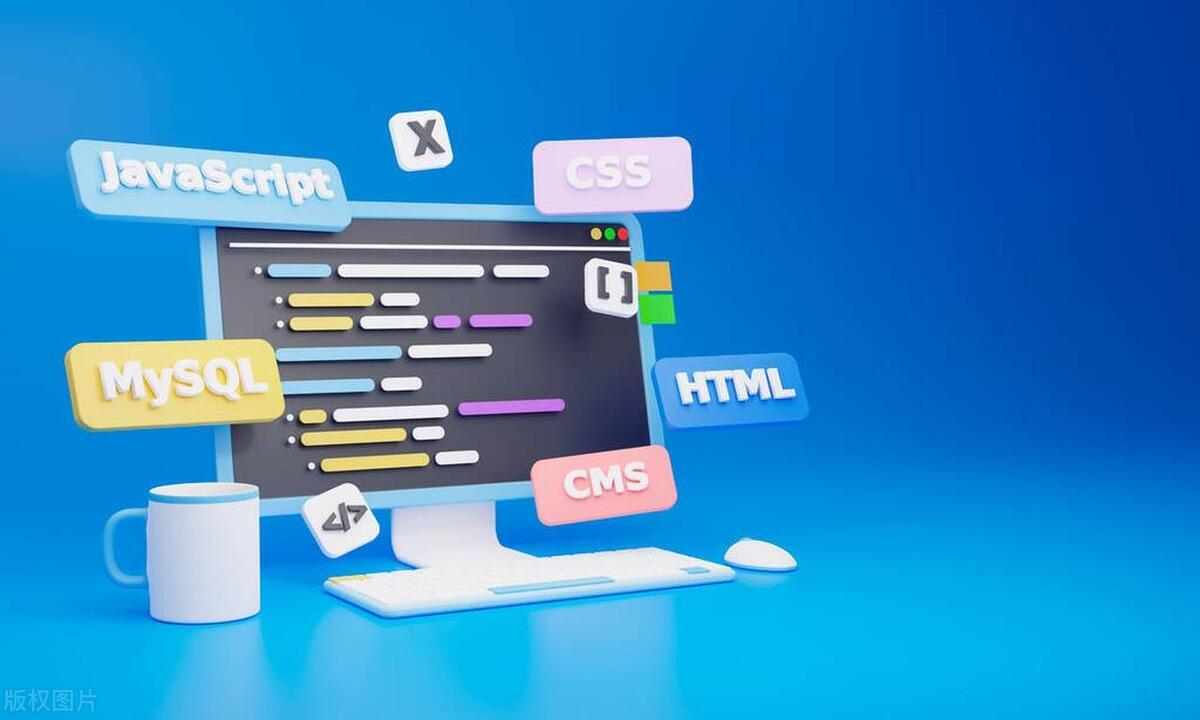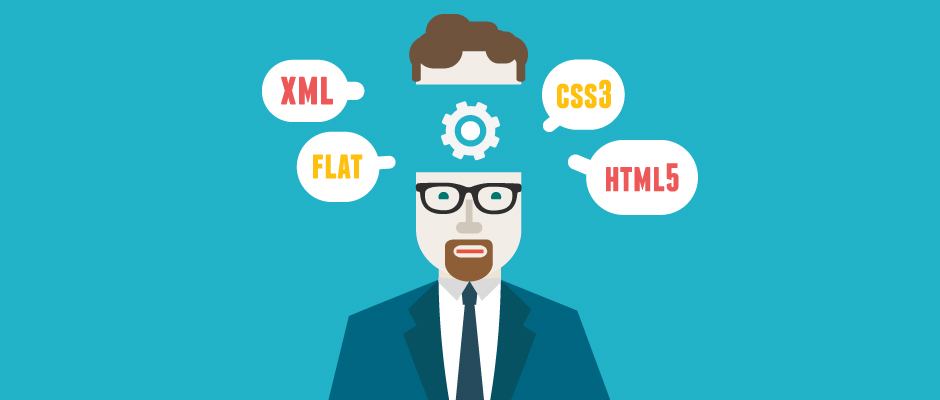CSS Grid, subgrid, and container queries are now mainstream, enabling responsive, modular designs based on container size rather than viewport; 2. Native CSS nesting is widely supported, reducing reliance on preprocessors and improving maintainability; 3. Utility-first CSS (e.g., Tailwind) remains dominant but is evolving with JIT, arbitrary values, and hybrid approaches combining utilities with custom components; 4. CSS custom properties are central to design systems, enabling dynamic theming, dark mode, and accessibility via prefers-color-scheme and JavaScript integration; 5. Performance awareness is rising, with unused CSS detection, critical inlining, code-splitting, and scoped styles via @scope improving efficiency; 6. Preprocessors like Sass are declining as native CSS features catch up, though they persist in legacy enterprise environments; overall, CSS in 2024 is a mature, powerful language embracing modularity, performance, and developer experience without requiring frameworks or build steps.

2024 has cemented CSS as a more powerful and capable language than ever—no longer just a styling tool, but a full-fledged part of modern web development workflows. With new features shipping in browsers, better developer tooling, and growing adoption of modern methodologies, the state of CSS reflects a maturing ecosystem that balances innovation with practicality.

Here’s a look at the key trends, tools, and shifts shaping CSS this year.
1. Modern Layouts Are Now Mainstream
The days of relying on floats or even Flexbox for everything are fading. In 2024, CSS Grid and subgrid are widely supported and used in production. But the real game-changer has been the broader adoption of container queries, which shipped natively in all major browsers.

- Container queries allow components to adapt based on their container’s size, not just the viewport—making them perfect for reusable UI components in design systems.
- Developers are pairing them with
@containerrules andsizefeatures to create truly modular designs. - Example: A card component can switch from horizontal to vertical layout when its parent is narrow—without needing JavaScript or wrapper classes.
.card {
container-type: inline-size;
}
@container (max-width: 300px) {
.card {
flex-direction: column;
}
}Alongside this, aspect-ratio is now standard, simplifying responsive media and grid items without hacks.
2. CSS Nesting Is (Finally) Native
One of the most requested features—native CSS nesting—is now supported in Chrome, Safari, and Firefox behind a flag (expected full rollout in 2024). This reduces reliance on preprocessors like Sass for basic nesting.

.card {
padding: 1rem;
&__title {
font-size: 1.25rem;
}
&:hover {
background: #f5f5f5;
}
}While it uses the & syntax familiar to Sass users, it's still limited compared to preprocessors (no mixins or functions). Still, this is a big step toward cleaner, more maintainable CSS without build steps.
Many teams are starting to adopt it cautiously, especially in projects using newer frameworks like Astro or plain HTML/CSS setups.
3. Utility-First CSS Still Dominates (But Evolves)
Tailwind CSS remains the most popular utility-first framework, but 2024 sees growing competition and refinement:
- Windi CSS and UnoCSS are gaining traction for their speed and flexibility, especially in Vite-based projects.
- Tailwind itself has improved with Just-in-Time (JIT) by default, smaller bundles, and better customization via
theme()and plugins. - More teams are using arbitrary values (
w-[237px],bg-[#ff3e82]) for one-off styles without leaving HTML.
However, pushback continues from developers concerned about semantics and maintainability. As a result, we're seeing a rise in hybrid approaches—using utility classes for layout and structure, but custom classes for complex components.
4. CSS Custom Properties Are Core to Design Systems
CSS variables (custom properties) are no longer experimental—they're central to theming, dark mode, and dynamic styling.
In 2024, teams are using them more systematically:
- Scoped variables within
:root, components, or even media queries. - Integration with JavaScript for runtime theme switching.
- Prefers-color-scheme and prefers-reduced-motion paired with variables for accessibility.
:root {
--text-primary: #1a1a1a;
--bg-primary: #ffffff;
}
@media (prefers-color-scheme: dark) {
:root {
--text-primary: #e0e0e0;
--bg-primary: #121212;
}
}Tools like Style Dictionary or Theo help sync design tokens across platforms, making CSS variables part of a larger design engineering workflow.
5. Performance and Bundle Awareness Are Rising
With web performance still critical, developers are more cautious about CSS bloat.
- Unused CSS detection is now built into Chrome DevTools and Lighthouse, pushing teams to audit styles.
-
CSS scope isolation via
@scope(emerging feature) is being tested as a way to safely remove or lazy-load styles. - Critical CSS inlining and code-splitting via build tools (like Webpack or Vite) are standard in SSR and SSG apps.
There’s also a quiet shift back toward smaller, focused stylesheets—some teams are even abandoning global frameworks in favor of hand-written CSS for performance-sensitive apps.
6. The Preprocessor Debate Is Fizzling Out
Sass usage is declining—not because it’s bad, but because native CSS is catching up.
- Nesting, variables, and calculations (
calc(),clamp()) now work without compilation. - Developers are opting for post-processors like PostCSS with plugins (e.g.,
postcss-preset-env) to use future CSS today. - Build-free workflows (e.g., in Astro, Eleventy) favor native CSS with minimal tooling.
That said, Sass still holds strong in large enterprises with legacy codebases and complex theming needs.
Final Thoughts
CSS in 2024 is more capable, performant, and developer-friendly than ever. The language is evolving to solve real-world problems—modular design, responsiveness, theming, and performance—without always needing JavaScript or frameworks.
The trend is clear: leaner tooling, smarter native features, and a focus on maintainability. Whether you're using utility classes, writing plain CSS, or building design systems, the fundamentals matter more than ever.
Basically, CSS is growing up—and developers are finally giving it the respect it deserves.
The above is the detailed content of The State of CSS in 2024. For more information, please follow other related articles on the PHP Chinese website!

Hot AI Tools

Undress AI Tool
Undress images for free

Undresser.AI Undress
AI-powered app for creating realistic nude photos

AI Clothes Remover
Online AI tool for removing clothes from photos.

Clothoff.io
AI clothes remover

Video Face Swap
Swap faces in any video effortlessly with our completely free AI face swap tool!

Hot Article

Hot Tools

Notepad++7.3.1
Easy-to-use and free code editor

SublimeText3 Chinese version
Chinese version, very easy to use

Zend Studio 13.0.1
Powerful PHP integrated development environment

Dreamweaver CS6
Visual web development tools

SublimeText3 Mac version
God-level code editing software (SublimeText3)

Hot Topics
 How to use PHP to build social sharing functions PHP sharing interface integration practice
Jul 25, 2025 pm 08:51 PM
How to use PHP to build social sharing functions PHP sharing interface integration practice
Jul 25, 2025 pm 08:51 PM
The core method of building social sharing functions in PHP is to dynamically generate sharing links that meet the requirements of each platform. 1. First get the current page or specified URL and article information; 2. Use urlencode to encode the parameters; 3. Splice and generate sharing links according to the protocols of each platform; 4. Display links on the front end for users to click and share; 5. Dynamically generate OG tags on the page to optimize sharing content display; 6. Be sure to escape user input to prevent XSS attacks. This method does not require complex authentication, has low maintenance costs, and is suitable for most content sharing needs.
 PHP creates a blog comment system to monetize PHP comment review and anti-brush strategy
Jul 25, 2025 pm 08:27 PM
PHP creates a blog comment system to monetize PHP comment review and anti-brush strategy
Jul 25, 2025 pm 08:27 PM
1. Maximizing the commercial value of the comment system requires combining native advertising precise delivery, user paid value-added services (such as uploading pictures, top-up comments), influence incentive mechanism based on comment quality, and compliance anonymous data insight monetization; 2. The audit strategy should adopt a combination of pre-audit dynamic keyword filtering and user reporting mechanisms, supplemented by comment quality rating to achieve content hierarchical exposure; 3. Anti-brushing requires the construction of multi-layer defense: reCAPTCHAv3 sensorless verification, Honeypot honeypot field recognition robot, IP and timestamp frequency limit prevents watering, and content pattern recognition marks suspicious comments, and continuously iterate to deal with attacks.
 What are common CSS browser inconsistencies?
Jul 26, 2025 am 07:04 AM
What are common CSS browser inconsistencies?
Jul 26, 2025 am 07:04 AM
Different browsers have differences in CSS parsing, resulting in inconsistent display effects, mainly including the default style difference, box model calculation method, Flexbox and Grid layout support level, and inconsistent behavior of certain CSS attributes. 1. The default style processing is inconsistent. The solution is to use CSSReset or Normalize.css to unify the initial style; 2. The box model calculation method of the old version of IE is different. It is recommended to use box-sizing:border-box in a unified manner; 3. Flexbox and Grid perform differently in edge cases or in old versions. More tests and use Autoprefixer; 4. Some CSS attribute behaviors are inconsistent. CanIuse must be consulted and downgraded.
 How to build a PHP Nginx environment with MacOS to configure the combination of Nginx and PHP services
Jul 25, 2025 pm 08:24 PM
How to build a PHP Nginx environment with MacOS to configure the combination of Nginx and PHP services
Jul 25, 2025 pm 08:24 PM
The core role of Homebrew in the construction of Mac environment is to simplify software installation and management. 1. Homebrew automatically handles dependencies and encapsulates complex compilation and installation processes into simple commands; 2. Provides a unified software package ecosystem to ensure the standardization of software installation location and configuration; 3. Integrates service management functions, and can easily start and stop services through brewservices; 4. Convenient software upgrade and maintenance, and improves system security and functionality.
 Describe the `vertical-align` property and its typical use cases
Jul 26, 2025 am 07:35 AM
Describe the `vertical-align` property and its typical use cases
Jul 26, 2025 am 07:35 AM
Thevertical-alignpropertyinCSSalignsinlineortable-cellelementsvertically.1.Itadjustselementslikeimagesorforminputswithintextlinesusingvalueslikebaseline,middle,super,andsub.2.Intablecells,itcontrolscontentalignmentwithtop,middle,orbottomvalues,oftenu
 What is the accent-color property?
Jul 26, 2025 am 09:25 AM
What is the accent-color property?
Jul 26, 2025 am 09:25 AM
accent-color is an attribute used in CSS to customize the highlight colors of form elements such as checkboxes, radio buttons and sliders; 1. It directly changes the default color of the selected state of the form control, such as changing the blue check mark of the checkbox to red; 2. Supported elements include input boxes of type="checkbox", type="radio" and type="range"; 3. Using accent-color can avoid complex custom styles and extra DOM structures, and maintain native accessibility; 4. It is generally supported by modern browsers, and old browsers need to be downgraded; 5. Set accent-col
 How to compile SCSS to CSS?
Jul 27, 2025 am 01:58 AM
How to compile SCSS to CSS?
Jul 27, 2025 am 01:58 AM
InstallDartSassvianpmafterinstallingNode.jsusingnpminstall-gsass.2.CompileSCSStoCSSusingthecommandsassinput.scssoutput.css.3.Usesass--watchinput.scssoutput.csstoauto-compileonsave.4.Watchentirefolderswithsass--watchscss:css.5.Usepartialswith_prefixfo
 How to change text color in CSS?
Jul 27, 2025 am 04:25 AM
How to change text color in CSS?
Jul 27, 2025 am 04:25 AM
To change the text color in CSS, you need to use the color attribute; 1. Use the color attribute to set the text foreground color, supporting color names (such as red), hexadecimal codes (such as #ff0000), RGB values (such as rgb(255,0,0)), HSL values (such as hsl(0,100%,50%)), and RGBA or HSLA with transparency (such as rgba(255,0,0,0.5)); 2. You can apply colors to any element containing text, such as h1 to h6 titles, paragraph p, link a (note the color settings of different states of a:link, a:visited, a:hover, a:active), buttons, div, span, etc.; 3. Most






